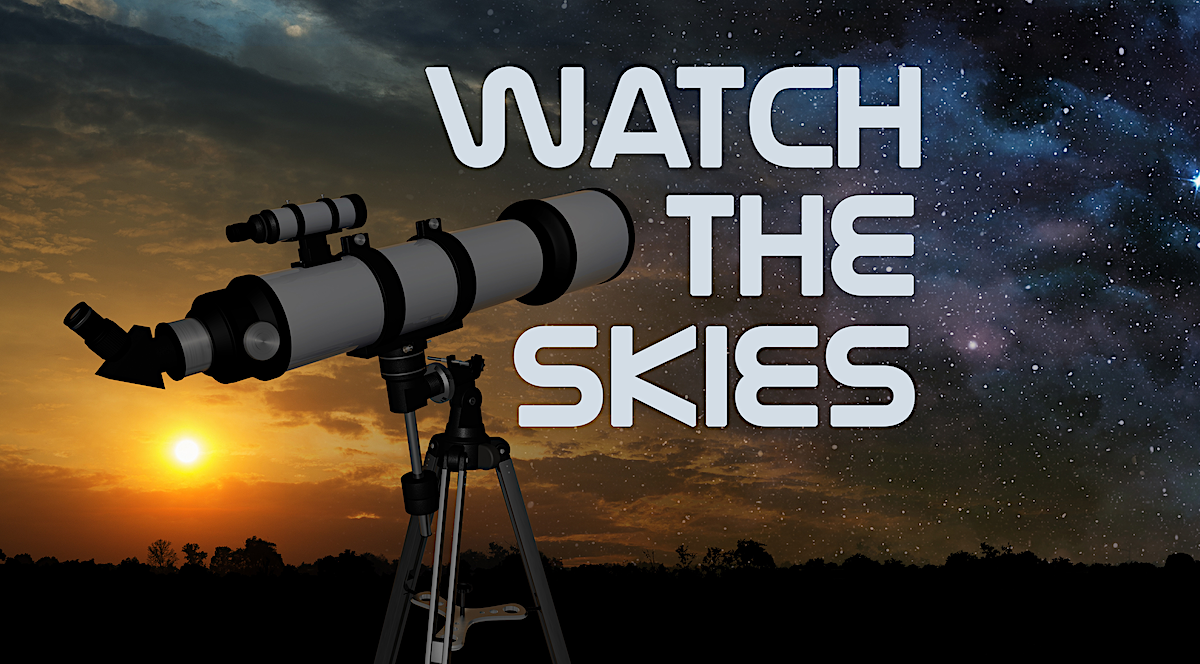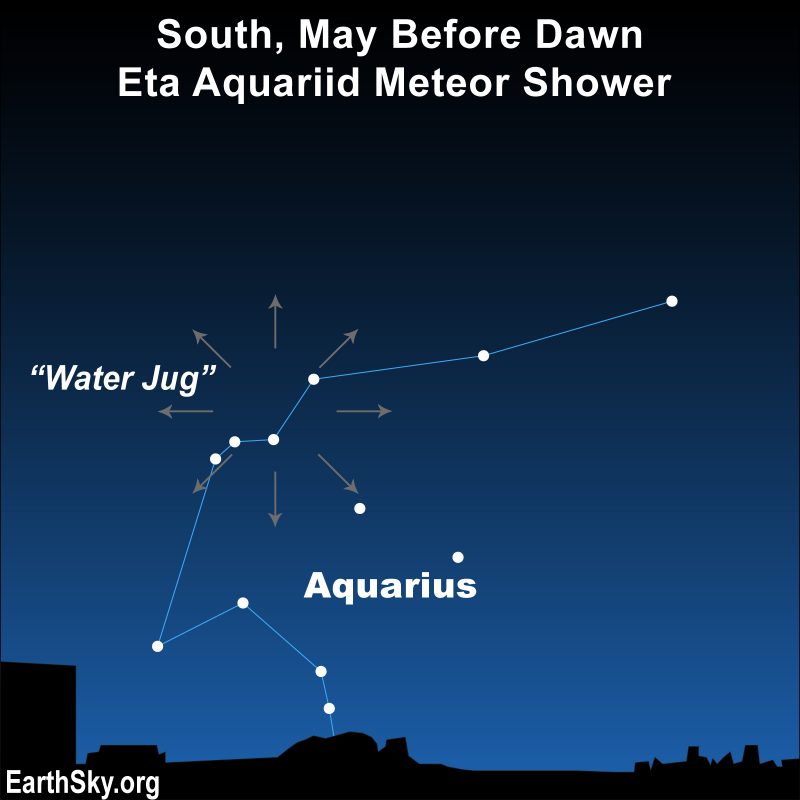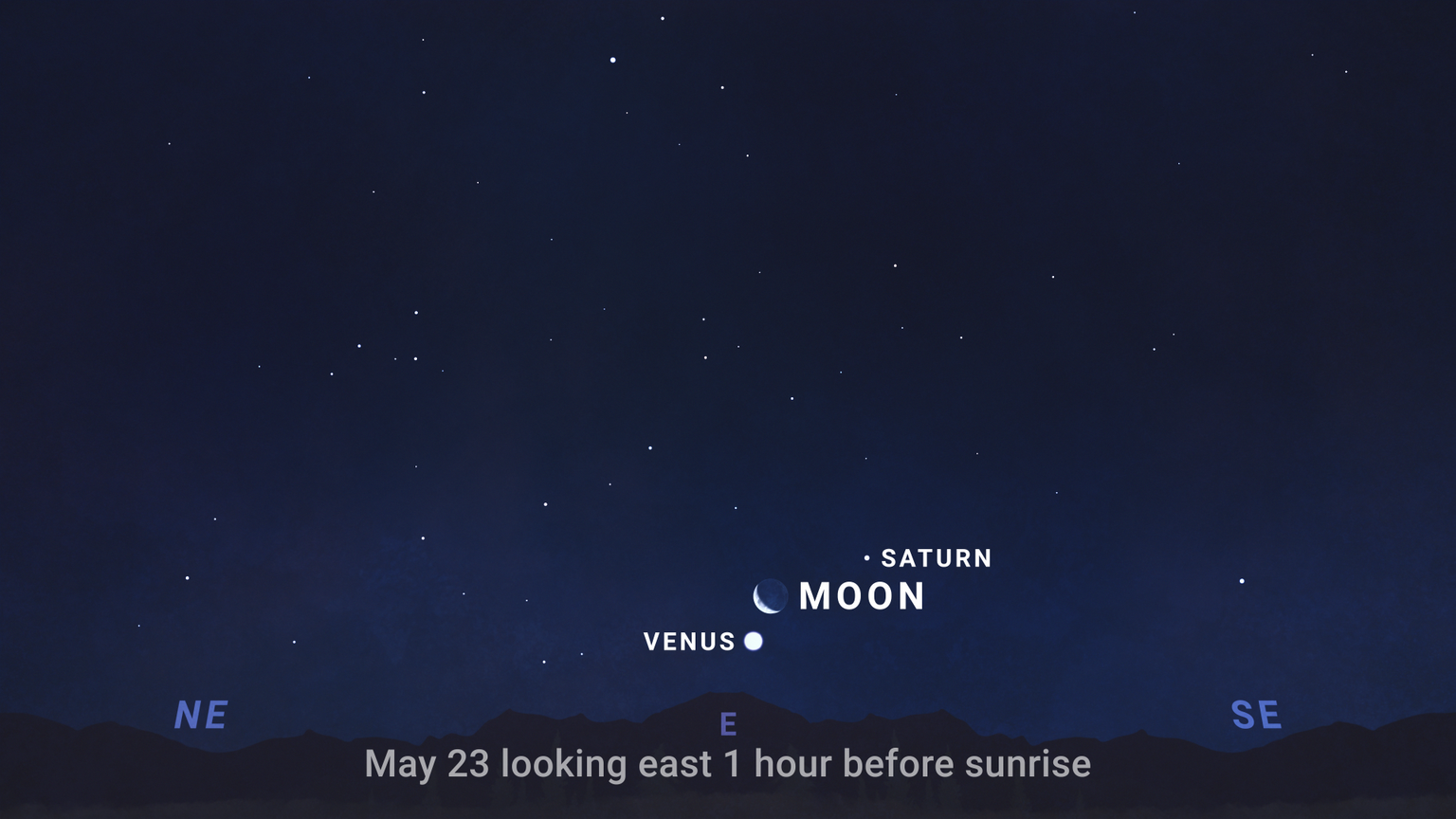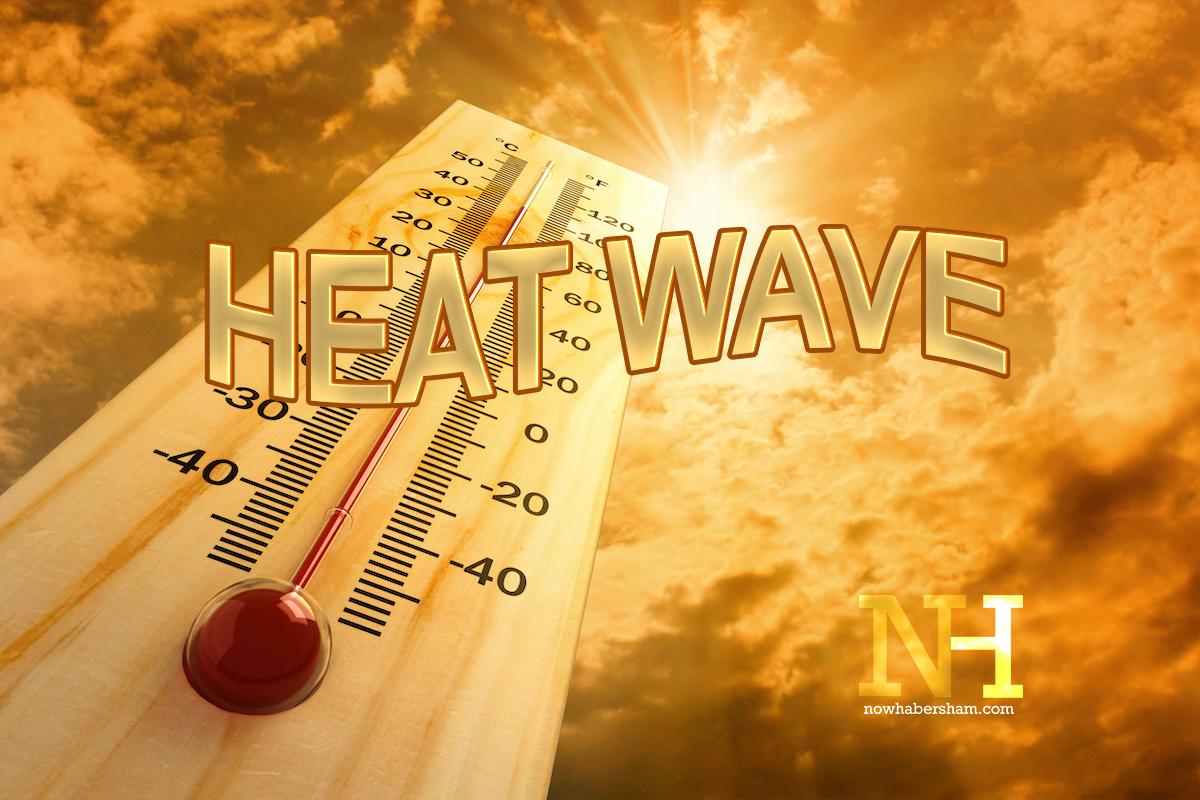
The weather is warming up which means even more great stargazing opportunities! We’ve got a great month of things to check out.
May 3: Moon and Mars for the Bees
The Moon and Mars will meet up on the night of the 3rd. The moon will be in it’s first quarter phase, and will appear right next to the red planet in the western sky for the first half of the night. They will actually appear quite close together, just out of reach seeing both through a small telescope at once. However, a quick point at Mars will reveal it right nearby the Beehive Cluster, also known as M44. This is a fairly bright open cluster that looks great through a small telescope.

May 6: Eta Aquariid Meteor Shower
Probably the best meteor shower of the spring is always the Eta Aquarids. Unfortunately, this year’s show will be battling the moon. The meteor shower consistently produces 10-20 per hour under dark skies, but this year the moon won’t be setting until around 3AM on the day of peak, leaving just a few hours of truly dark skies. With that said, early risers should certainly check this one out in the morning sky of May 6th, as well as a day or two before and after. The shower originates from the famed Halley’s Comet. Interestingly, the Orionids in October are the Eta Aquarid’s twin, as Earth passes through Halley’s dust stream twice. When that rolls around on October 21st of this year the moon will be much more favorable.

Eta aquariad meteor shower radient. Source: Earthsky.org
May 12: Full Moon
The full moon for this month will come on May 12th. With leaves now on the trees, this will be a great time to try an catch the “moon illusion”. This illusion is caused by the moon rising behind distant objects like trees or buildings. The distance tricks our eyes into believing the moon is much bigger than it really is. It is readily observed with a low horizon of trees, buildings, or cranes (as you can see below) and best within the first 30 minutes of moonrise.

May 23: The Moon meets Venus and Saturn
On the morning of May 23rd, early risers will be treated to a grand sight in the eastern sky. Not long before sunrise the moon will be located directly between Venus and Saturn. Venus is very bright with dimmer Saturn lurking up and to the right.

Speaking of Saturn, it will reach its equinox on May 6th. During this time, Saturn’s rings will seem to disappear from our view as we see them edge-on from Earth. Despite their massive width, the rings are only a half mile or less thick, which makes them impossible to see from the side. Saturn actually reached its perfect edge-on view for us at Earth on March 23rd according to NASA, but the rings will remain invisible for a bit longer before they slowly reappear.

As you can see, there is plenty to check out in the night sky this month. So get out and enjoy the warm weather!
And, as always, watch the skies!






